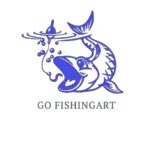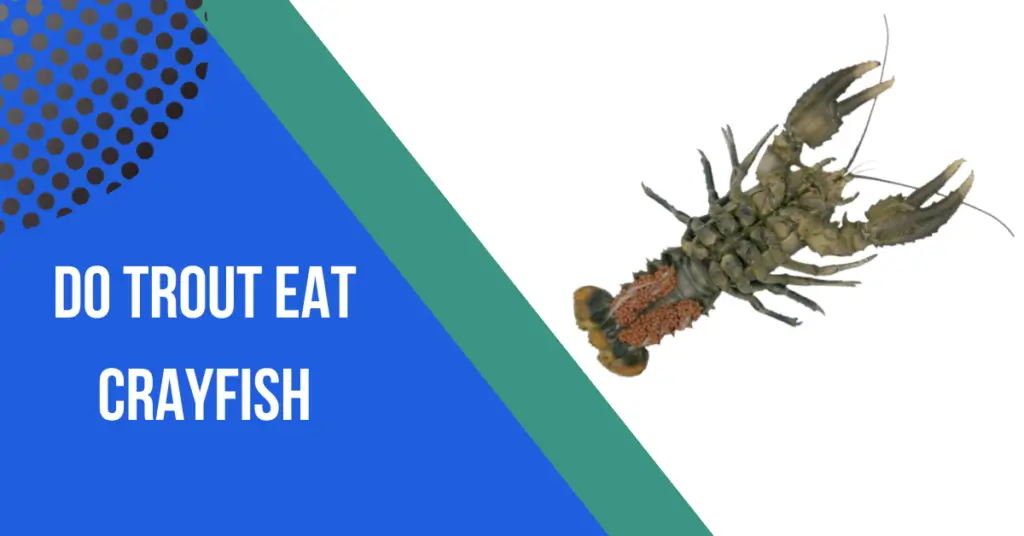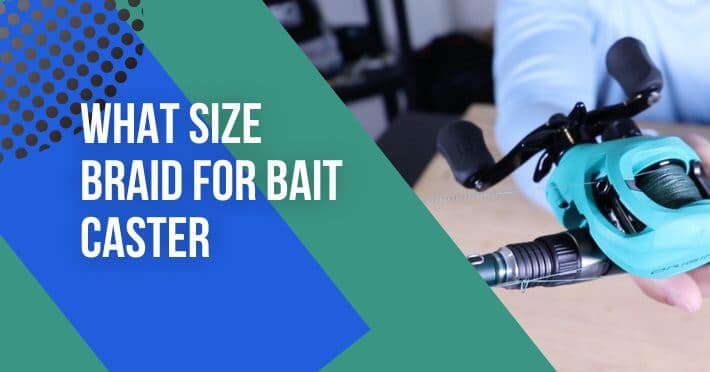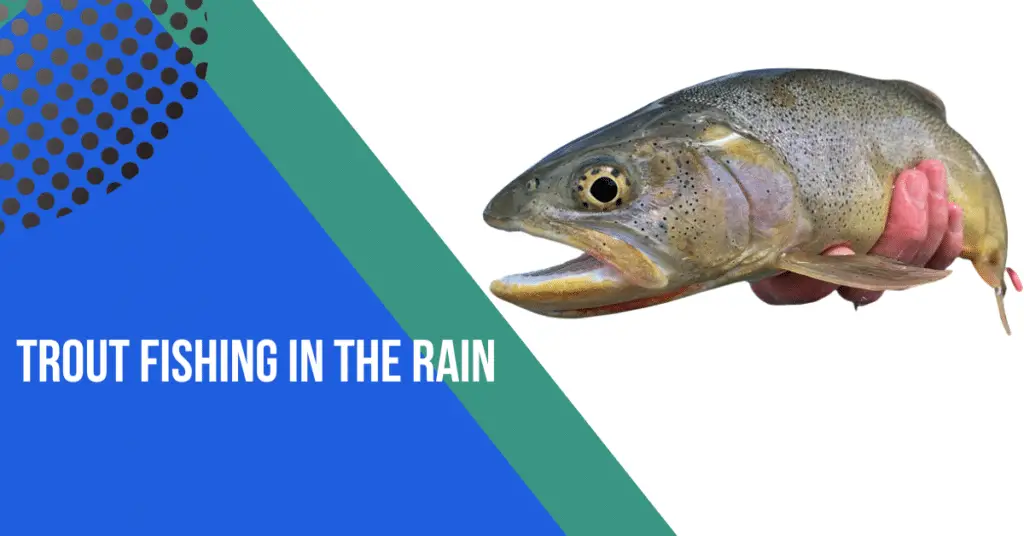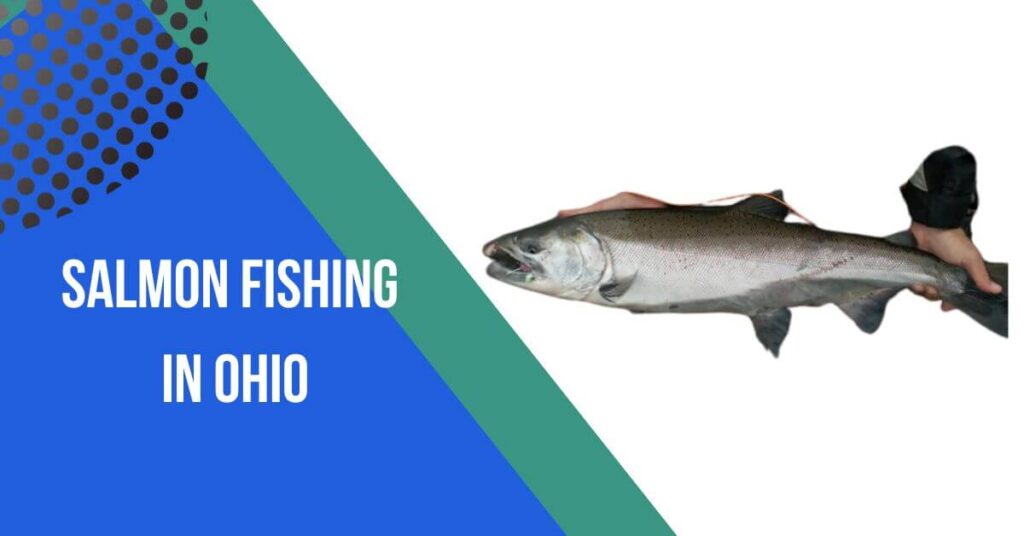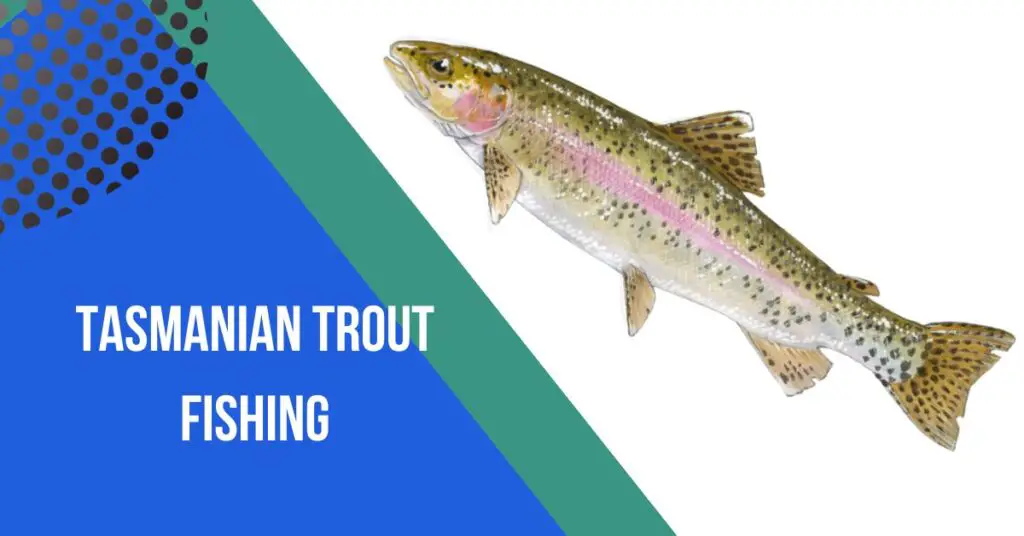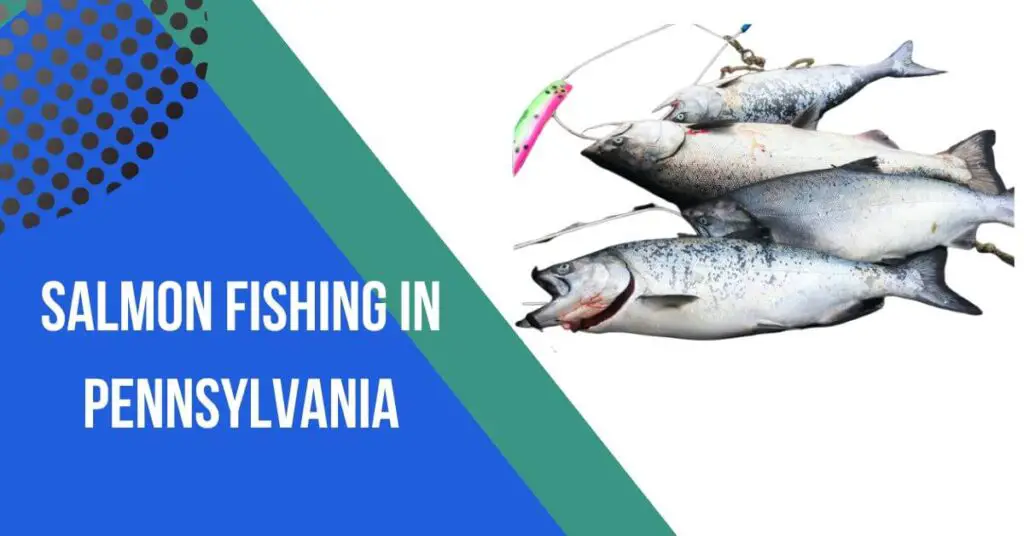Contents
- 1 Do Trout Eat Crayfish:
- 2 Aquatic Insects:
- 3 Terrestrial Insects:
- 4 Small Fish:
- 5 Crayfish:
- 6 Mollusks and Crustaceans:
- 7 Fish Eggs:
- 8 Worms and Larvae:
- 9 Small Amphibians:
- 10 Trout As Carnivores:
- 11 Carnivorous Adaptations:
- 12 Visual Predators:
- 13 Ambush Predators:
- 14 Selective Feeding:
- 15 Diverse Diet:
- 16 Opportunistic Feeders:
- 17 Feeding Behavior Changes with Size:
- 18 Feeding Frequency:
- 19 Maintaining Healthy Ecosystems:
- 20 Water Quality Management:
- 21 Riparian Zone Protection:
- 22 Habitat Restoration and Enhancement:
- 23 Flow Management:
- 24 Invasive Species Control:
- 25 Sustainable Land Use Practices:
- 26 Climate Change Mitigation and Adaptation:
- 27 Educational Outreach:
- 28 Fisheries Management:
- 29 Collaborative Conservation Efforts:
- 30 Seasonal Variations:
- 31 Spring:
- 32 Summer:
- 33 Fall:
- 34 Winter:
- 35 Transition Periods:
- 36 Migration Patterns:
- 37 Environmental Factors:
- 38 Conclusion:
- 39 FAQs:
- 40 Q: What do trout eat?
- 41 Q: Where do trout live?
- 42 Q: When is the best time to fish for trout?
- 43 Q: How long do trout live?
- 44 Q: Do all trout species migrate?
- 45 Q: What is catch-and-release fishing, and why is it important for trout conservation?
- 46 Q: How can I identify different species of trout?
- 47 Q: What are the key factors influencing trout habitat?
- 48 Q: Are there any regulations for trout fishing?
- 49 Q: How do climate change and environmental factors impact trout populations?
Trout are opportunistic feeders with a diverse diet, and crayfish are a part of their menu. Crayfish are a common prey for trout in many freshwater environments. Being carnivorous, trout often target crayfish as they provide a good source of protein and nutrients.
The interaction between trout and crayfish is a dynamic aspect of freshwater ecosystems, where trout use their predatory instincts to capture and consume crayfish as part of their natural feeding behavior.
Do Trout Eat Crayfish:
Trout are highly adaptable predatory fish with a diverse diet that varies based on factors such as species, habitat, and availability of food sources. Their diet typically consists of a mix of aquatic and terrestrial organisms.
Here’s a general overview of the trout diet:
Aquatic Insects:
- Trout often feed on various aquatic insects such as mayflies, caddisflies, stoneflies, and midges
- In different stages of their life cycle, these insects provide a significant source of protein for trout.
Terrestrial Insects:
- Flying insects that fall onto the water, like ants, beetles, and grasshoppers, are also part of a trout’s diet.
- Trout may exhibit surface-feeding behavior, especially during hatches of terrestrial insects.
Small Fish:
- Young fish, minnows, and fry make up a substantial portion of a trout’s diet, especially for larger, predatory species.
Crayfish:
- Crayfish are a notable component of the trout diet, providing a good source of protein and nutrients.
Mollusks and Crustaceans:
- Trout may feed on snails, freshwater clams, and other small crustaceans found in their habitat.
Fish Eggs:
- During the spawning season of other fish species, trout may consume fish eggs as they present a concentrated source of nutrients.
Worms and Larvae:
- Earthworms and insect larvae found in the streambed or river bottom are also part of the trout diet.
Small Amphibians:
- Depending on the size and aggressiveness of the trout, small amphibians like frogs or tadpoles may be targeted.
The specific composition of a trout’s diet can vary based on the availability of prey in their environment. Trout are known for their opportunistic feeding behavior, adjusting their diet to exploit the most abundant food sources at any given time. The intricacies of their diet is crucial for anglers, fisheries management, and maintaining the ecological balance of freshwater ecosystems.
Trout As Carnivores:
Trout are carnivorous fish, meaning they primarily feed on animal matter rather than plants. As carnivores, trout exhibit a predatory lifestyle with specific adaptations geared toward capturing and consuming other organisms.
Here are key aspects of trout as carnivores:
Carnivorous Adaptations:
- Trout are equipped with sharp teeth and a streamlined body, which are characteristic features of carnivorous fish.
- Their jaws are designed for grasping and holding onto prey.
Visual Predators:
- Trout are visual predators, relying on keen eyesight to locate and target their prey.
- They often hunt by sight, especially in clear water environments.
Ambush Predators:
- Many trout species are ambush predators, hiding in cover or behind structures in the water and striking at passing prey.
- They use their surroundings strategically to surprise and capture prey.
Selective Feeding:
- Trout can be selective feeders, choosing prey based on size, color, and movement patterns.
- This selectivity often depends on the availability of specific prey items in their habitat.
Diverse Diet:
- While their diet can vary, trout commonly consume a variety of aquatic and terrestrial organisms, including insects, small fish, crustaceans, and more.
Opportunistic Feeders:
- Trout are opportunistic feeders, adjusting their diet based on the seasonal availability of prey.
- They are known to switch feeding patterns to exploit the most abundant food sources.
Feeding Behavior Changes with Size:
- As trout grow, their preferred prey may change. Small trout often focus on insects and smaller aquatic organisms, while larger trout may target larger prey, including other fish.
Feeding Frequency:
- Trout may feed throughout the day, but their activity levels can be influenced by factors such as water temperature, light conditions, and the presence of prey.
Understanding the carnivorous nature of trout is crucial for anglers, ecologists, and fisheries management. It helps inform fishing strategies, conservation efforts, and the overall ecological balance of freshwater ecosystems where trout thrive.
Maintaining Healthy Ecosystems:
Maintaining healthy ecosystems is essential for the well-being of trout populations and the overall biodiversity of freshwater environments. Here are key considerations and practices for ensuring the health of ecosystems that support trout:
Water Quality Management:
Implement and enforce water quality standards to prevent pollution from agricultural runoff, industrial discharges, and urban development.
Promote practices that reduce sedimentation, nutrient runoff, and chemical pollutants in water bodies.
Riparian Zone Protection:
Preserve and restore riparian zones, which serve as critical habitats for trout. Maintain natural vegetation along riverbanks to prevent erosion, filter pollutants, and provide shade to regulate water temperature.
Habitat Restoration and Enhancement:
Undertake habitat restoration projects that focus on improving fish habitat. This may include the installation of structures like log jams, root wads, and boulders to create diverse habitats for trout.
Flow Management:
Implement responsible water flow management to maintain natural flow patterns and avoid alterations that can adversely affect trout habitats.
Consider seasonal flow variations to mimic natural conditions, which can benefit spawning and the overall health of aquatic ecosystems.
Invasive Species Control:
Manage and control the spread of invasive species that can negatively impact native trout populations. Invasive plants, animals, and pathogens can disrupt ecosystems and compete with or prey upon native species.
Sustainable Land Use Practices:
Encourage sustainable land use practices that minimize habitat destruction and maintain natural landscapes. Avoid excessive logging, urban sprawl, and agricultural practices that can harm aquatic ecosystems.
Climate Change Mitigation and Adaptation:
Address climate change through efforts to reduce greenhouse gas emissions and develop strategies to help trout and other species adapt to changing environmental conditions.
Monitor and respond to climate-induced shifts in habitat ranges and migration patterns.
Educational Outreach:
Conduct educational programs to raise awareness about the importance of healthy ecosystems and the role of trout in maintaining ecological balance.
Engage communities, anglers, and stakeholders in conservation efforts to build a sense of responsibility and stewardship.
Fisheries Management:
Implement sustainable fisheries management practices, including catch-and-release regulations, size limits, and seasonal closures to ensure responsible angling and protect vulnerable populations.
Collaborative Conservation Efforts:
Foster collaboration among government agencies, conservation organizations, researchers, and local communities to develop and implement comprehensive conservation strategies.
Share knowledge and resources to address the complex challenges facing freshwater ecosystems.
By adopting a holistic approach that addresses multiple aspects of ecosystem health, it becomes possible to create and maintain environments that sustain healthy trout populations and contribute to the overall biodiversity and ecological resilience of freshwater systems.
Seasonal Variations:
Seasonal variations have a significant impact on the behavior, physiology, and habitat preferences of trout. Understanding these seasonal changes is crucial for effective fisheries management, conservation efforts, and angling strategies. Here’s an overview of how trout respond to different seasons:
Spring:
Spawning: Many trout species, such as brown trout and brook trout, spawn during the spring. They seek out suitable gravel beds in rivers and streams for reproduction.
Feeding: As water temperatures rise, trout become more active and start feeding more aggressively. Aquatic insect hatches increase, providing ample food for trout.
Summer:
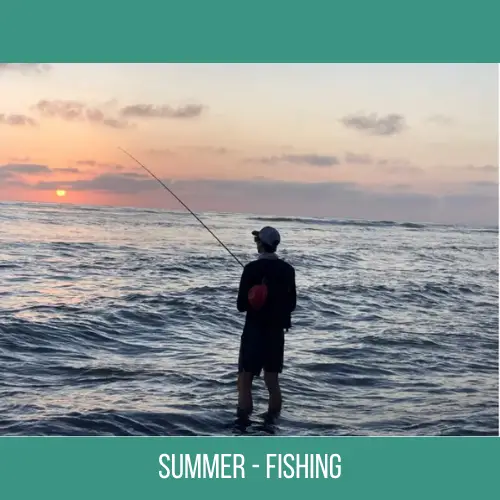
Temperature Preferences: Trout often seek cooler water temperatures during the warmer months. They may move to deeper pools or areas with adequate shade to avoid overheating.
Insect Hatches: Summer is a peak time for insect hatches, and trout actively feed on emerging insects, making dry fly fishing popular.
Fall:
Spawning Continues: Some trout species, like brown trout, may continue spawning into the fall.
Pre-Spawn Feeding: Trout often feeds voraciously in preparation for the upcoming winter. They may target larger prey, including fish and crayfish.
Winter:
Reduced Activity: Coldwater temperatures in winter can lead to reduced metabolism and activity levels in trout. They may become less aggressive in their feeding behavior.
Deep Pools: Trout seek out deeper pools with slower currents, where water temperatures are more stable and provide a winter refuge.
Ice Formation: In colder regions, ice formation on the surface of water bodies can further limit trout activity.
Transition Periods:
Fall to Winter: As temperatures drop, trout may transition to slower feeding patterns and seek shelter in deeper pools.
Winter to Spring: With the onset of warmer temperatures, trout become more active, and feeding increases as aquatic insect activity picks up.
Migration Patterns:
Anadromous Trout: Some trout species, like steelhead and sea-run brown trout, exhibit anadromous behavior, migrating between freshwater and saltwater habitats. Their movements are often tied to specific seasons.
Environmental Factors:
Precipitation: Seasonal variations in precipitation levels can influence water flow and habitat conditions, affecting trout behavior.
Daylight Length: Changes in daylight length can trigger spawning behaviors and impact feeding patterns.
Understanding these seasonal variations allows anglers to adjust their fishing techniques, such as using different types of lures or targeting specific areas of a water body.
Fisheries managers can also use this knowledge to implement conservation measures that protect vulnerable stages of the trout life cycle, such as spawning and early development.
Overall, recognizing the seasonal dynamics of trout behavior contributes to responsible and sustainable fisheries management.
Conclusion:
In conclusion, trout exhibit dynamic behavior influenced by seasonal variations. From the active feeding of spring, the cool refuge-seeking in summer, the preparatory feeding in fall, to the reduced activity during winter, trout adapt to changing environmental conditions.
These seasonal nuances is crucial for effective fisheries management, conservation efforts, and optimizing angling strategies.
By recognizing and respecting the natural rhythms of trout behavior, we can contribute to the sustainability of freshwater ecosystems and ensure the health of trout populations for generations to come.
FAQs:
Sure, here are some potential frequently asked questions (FAQs) related to trout:
Q: What do trout eat?
A: Trout have a diverse diet, including aquatic and terrestrial insects, small fish, crayfish, and other invertebrates.
Q: Where do trout live?
A: Trout are typically found in freshwater environments, such as rivers, streams, lakes, and ponds. They prefer cool, well-oxygenated water.
Q: When is the best time to fish for trout?
A: The best time to fish for trout can vary, but generally, early morning and late evening are productive. Spring and fall are often considered peak seasons.
Q: How long do trout live?
A: The lifespan of trout varies by species. Some may live for a few years, while others, like lake trout, can live for several decades.
Q: Do all trout species migrate?
A: No, not all trout species migrate. Some, like brown trout, may migrate for spawning, while others, like rainbow trout, may exhibit resident or migratory behaviors.
Q: What is catch-and-release fishing, and why is it important for trout conservation?
A: Catch-and-release is a fishing practice where caught fish are returned to the water. It helps conserve trout populations by allowing them to reproduce and grow, contributing to sustainable fisheries.
Q: How can I identify different species of trout?
A: Trout species can be identified based on characteristics such as coloration, markings, and fin shapes. Common species include rainbow trout, brown trout, brook trout, and lake trout.
Q: What are the key factors influencing trout habitat?
A: Key factors include water temperature, quality, flow, substrate composition, riparian vegetation, and the presence of cover and structure.
Q: Are there any regulations for trout fishing?
A: Fishing regulations vary by location and may include catch limits, size restrictions, and seasonal closures. It’s important to check and follow local fishing regulations.
Q: How do climate change and environmental factors impact trout populations?
A: Climate change can affect water temperatures, habitat conditions, and food availability,
impacting trout behavior and distribution. Conservation efforts aim to mitigate these effects.
Feel free to let me know if you have specific questions you’d like to include or if there’s a particular focus for the FAQs.
